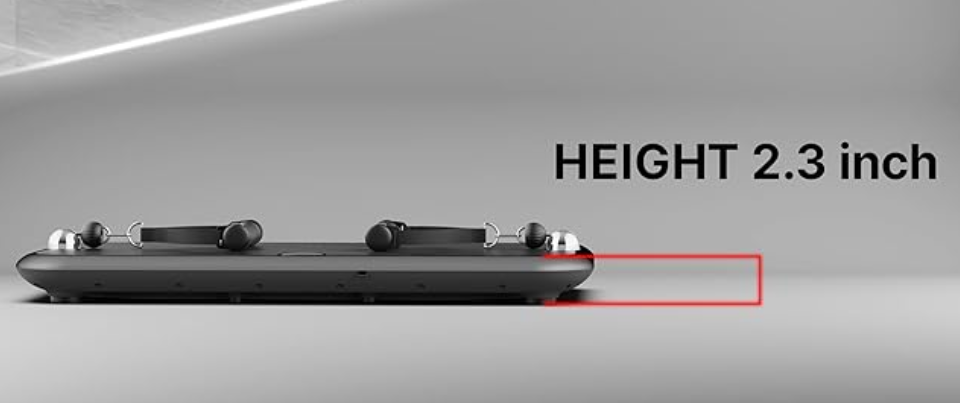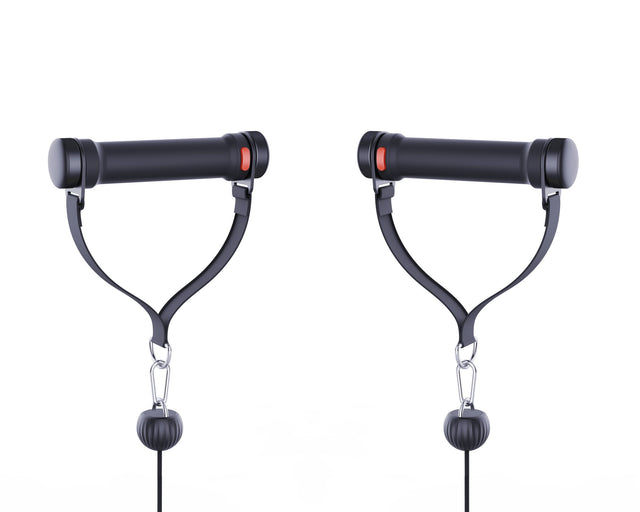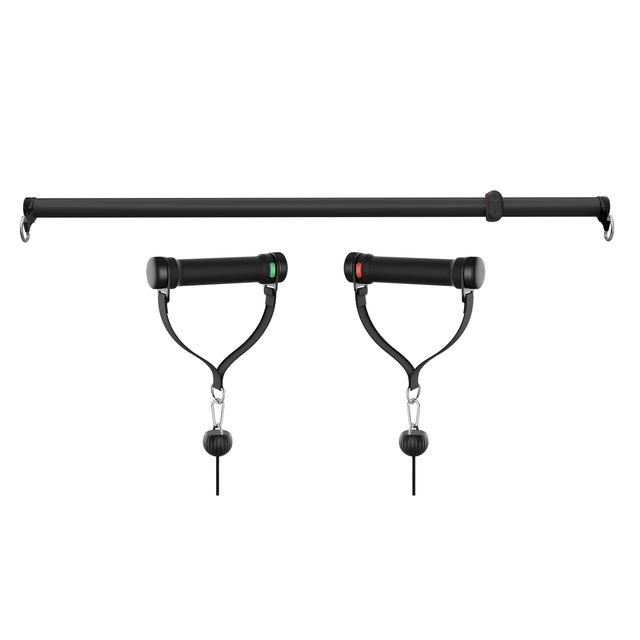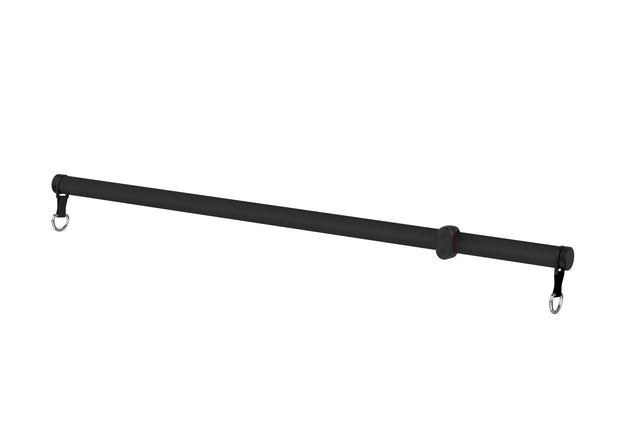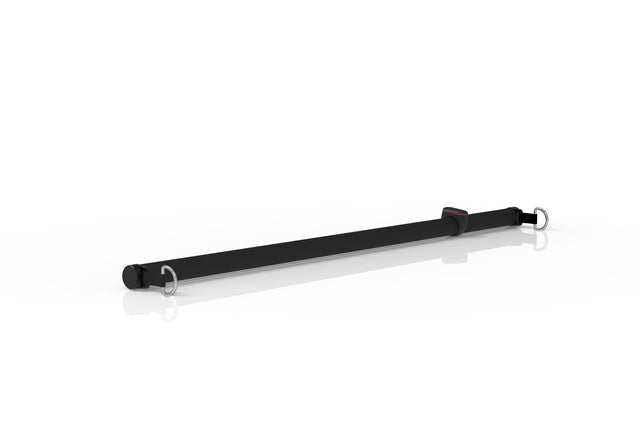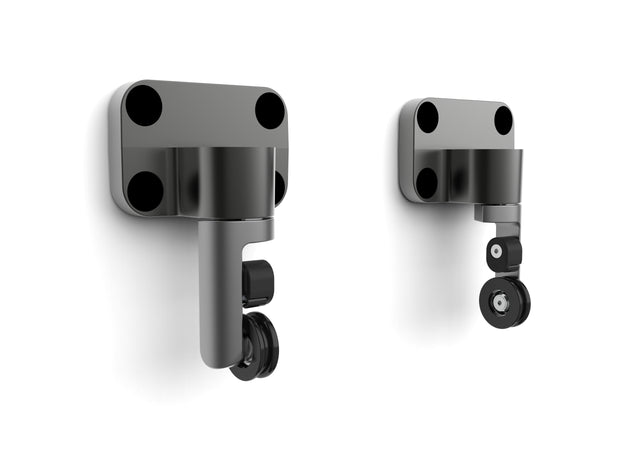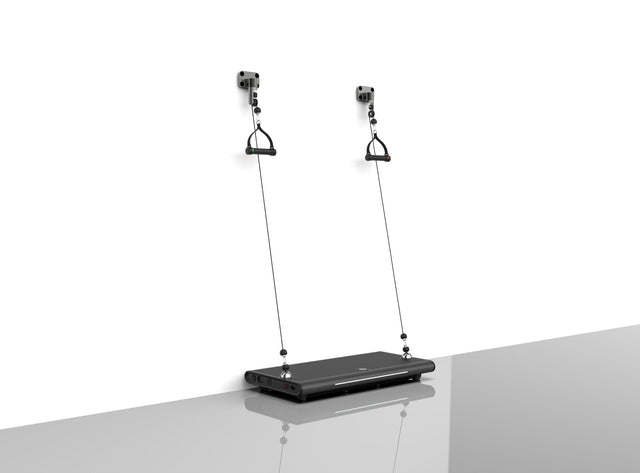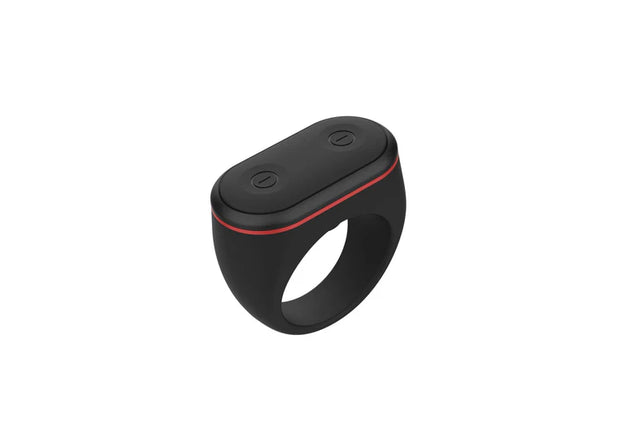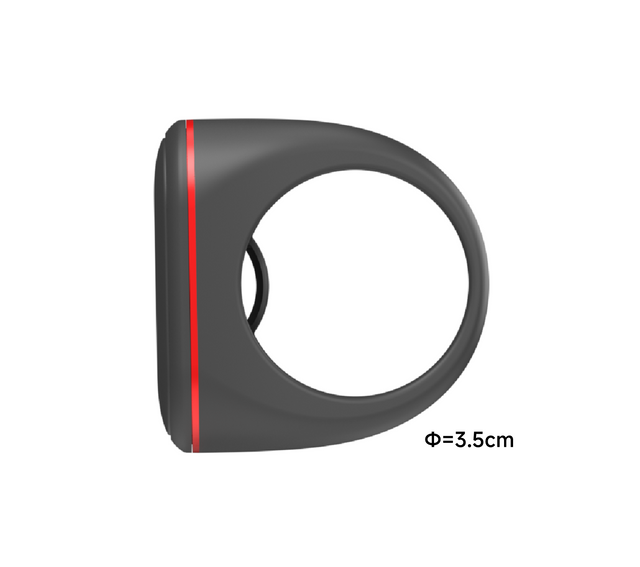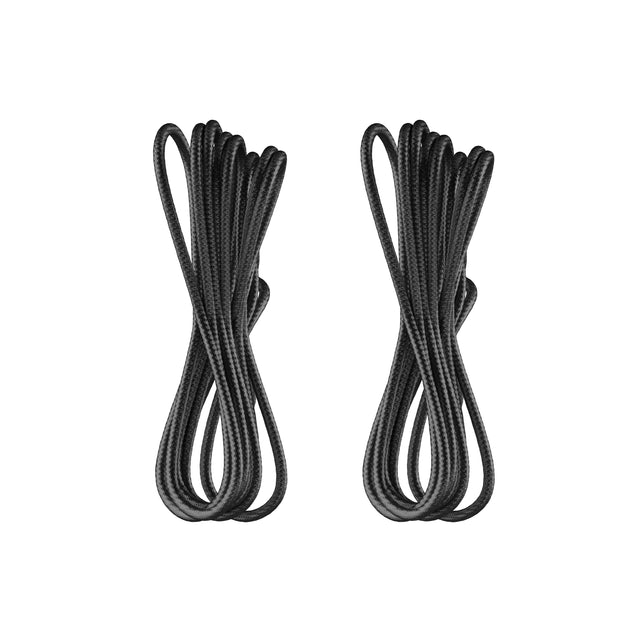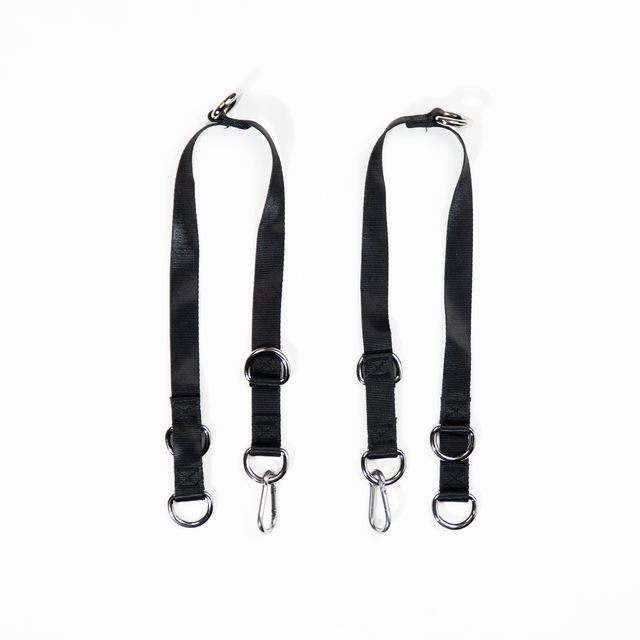In the pursuit of fitness, convenience is key. With busy schedules and fluctuating commitments, building a home gym is one of the most practical solutions for anyone looking to maintain consistent workouts. But creating a gym isn’t just about assembling equipment—it’s about ensuring the space is one you’ll actually use. In this guide, we’ll explore how to design a home gym that meets your needs, motivates you, and, most importantly, keeps you coming back for more.
1. Identify Your Fitness Goals
The foundation of any successful home gym starts with understanding your personal fitness goals. Whether you aim to build muscle, lose weight, increase flexibility, or improve overall fitness, these objectives will shape your gym's design.
Strength Training Focus
If your goal is strength training, your gym should be equipped with tools like dumbbells, barbells, kettlebells, and resistance bands. These items allow for a variety of exercises, from squats and deadlifts to overhead presses and rows, all of which engage multiple muscle groups. Additionally, investing in a squat rack or power cage will add safety for heavy lifts and expand your workout options.
Cardio and Endurance
For those looking to enhance cardiovascular health or burn calories, machines like treadmills, stationary bikes, and rowing machines are essential. If space is an issue, compact options such as foldable treadmills or portable elliptical machines can offer the same benefits without occupying too much room.
Flexibility and Mobility
Flexibility goals require minimal equipment but benefit greatly from proper space. Ensure you have room for a yoga mat, foam rollers, and stretching straps. You can also consider a smart mirror or a connected device that offers guided yoga or Pilates workouts, adding variety to your routines.
2. Optimize Your Space
Once your fitness goals are clear, it's time to evaluate the space available for your home gym. The good news is that you don’t need a large area to create an effective workout space. However, efficient use of space is critical.
Choose the Right Room
The location of your gym should align with your lifestyle. A basement, garage, or spare room are ideal for large setups. However, if your living space is more limited, you can repurpose a corner of your living room or bedroom with multi-functional equipment. Make sure there is enough ventilation, as fresh air will make your workouts more enjoyable and safe.
Utilize Vertical Storage
For smaller spaces, vertical storage solutions are a game changer. Install shelving or wall racks to store items like resistance bands, yoga mats, and even dumbbells. This not only keeps your space organized but also clears floor space for a clutter-free workout environment.
Flooring Matters
If you're focusing on strength training, consider investing in durable rubber flooring. It protects your floors from dropped weights, reduces noise, and offers better grip during exercises. For yoga and Pilates enthusiasts, non-slip mats or foam flooring create a more comfortable surface for stretches and poses.
3. Invest in Quality Equipment
A home gym is only as good as its equipment, so make sure you invest in pieces that are high-quality and durable. You don’t have to buy everything at once—start with the essentials and expand as needed.
Must-Have Equipment
- Adjustable Dumbbells: Save space by opting for adjustable dumbbells that provide a range of weights in one compact set.
- Kettlebells: Kettlebells are incredibly versatile and can be used for both strength and cardio exercises.
- Resistance Bands: These are essential for strength training, rehabilitation, and flexibility exercises.
- Cardio Machine: Depending on your preference, a treadmill, bike, or rowing machine can provide effective cardio sessions at home.
- Bench: A sturdy bench is crucial for weight training, and an adjustable model allows for more exercise variety.
Optional Extras
- Pull-Up Bar: This can be mounted to a wall or doorframe, and is excellent for upper body and core exercises.
- Power Rack: If you’re serious about heavy lifting, a power rack will enhance safety for exercises like squats and bench presses.
- Smart Fitness Devices: Tools like smart mirrors or interactive fitness systems can offer virtual training sessions, track your progress, and keep you motivated.
4. Keep Your Setup Organized
An organized gym is a gym you’ll want to use. Make sure your home gym is clutter-free, so it’s easy to access your equipment and start working out without delay.
Storage Solutions
- Shelving Units: Use open shelving units to store weights, kettlebells, and accessories.
- Wall Hooks: Install hooks to hang resistance bands, jump ropes, or yoga mats.
- Storage Bins: For smaller items like gloves or foam rollers, use labeled storage bins that can be easily stacked or placed on shelves.
Maintenance
Ensure you take care of your equipment by wiping down machines and weights after use, especially in humid environments where sweat can cause corrosion. Regular maintenance not only extends the life of your equipment but keeps your workout space hygienic and inviting.
5. Personalize Your Gym
The best part about a home gym is that it’s yours to design and personalize. Make the space enjoyable and motivating by adding your personal touches.
Lighting
Lighting plays a huge role in your gym's atmosphere. Natural light is ideal, but if that’s not possible, install bright, energy-efficient lighting to keep you energized. Avoid dim, low lighting, as it can drain motivation.
Motivational Decor
Hang up posters, mirrors, or motivational quotes to keep your spirits high. Some people also find it helpful to track their progress visually—consider adding a chalkboard or whiteboard where you can record workout stats or weekly goals.
Music Setup
Create a playlist that gets you in the zone and invest in a quality speaker system or set up a Bluetooth speaker. Music can enhance your workouts by improving mood and pushing you through tough sessions.
6. Stay Accountable with Technology
To ensure you’re making the most of your home gym, incorporate smart technology. Fitness apps can help track your progress, suggest new workouts, and maintain motivation.
Fitness Trackers
Wearable devices like Fitbit or Apple Watch monitor your heart rate, steps, and calories burned, giving you a clear picture of your daily activity. Many of these devices sync with fitness apps to log your workouts and track progress over time.
Workout Apps
Apps like Peloton, Apple Fitness+, or Nike Training Club offer guided workouts ranging from strength training to yoga, keeping your routines fresh and challenging.
Virtual Coaching
For those who need extra accountability, virtual personal trainers or fitness communities can keep you on track. Services like MyFitnessPal or Noom also provide nutrition tracking and workout suggestions tailored to your goals.
7. Build Consistency: The Key to Success
The most critical element in making your home gym work is consistency. Even the most well-equipped home gym won’t benefit you if you don’t use it regularly. To build consistency:
- Create a Schedule: Set a regular time for workouts and stick to it. A routine creates habits, making exercise a natural part of your day.
- Set Realistic Goals: Start with achievable fitness targets and gradually build up. Hitting small milestones will keep you motivated.
- Accountability: Whether through a fitness tracker, a workout buddy, or a virtual coach, having someone or something hold you accountable increases your likelihood of sticking to your routine.
Trouver des articles similaires:
a home gym A home gym compact Invest in Quality Equipment Keep Your Setup Organized Personalize Your Gym strength training Strength Training Focus Strength Training Routine for Muscle Gain Strength Training System The location of your gym workout space your fitness goals
